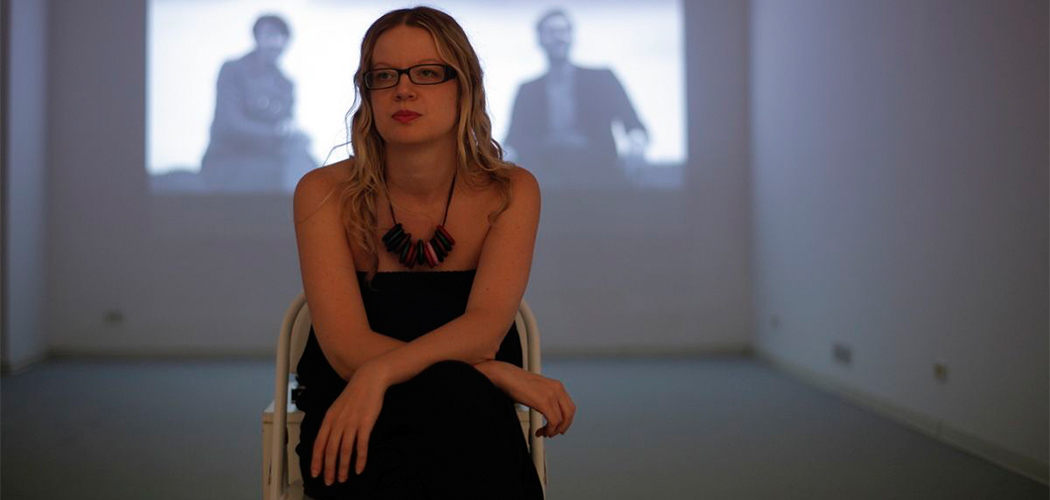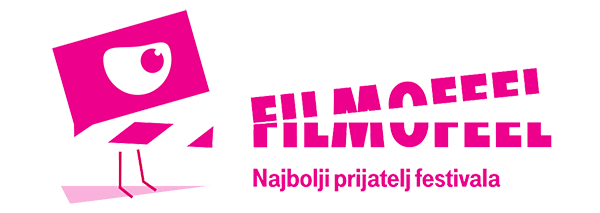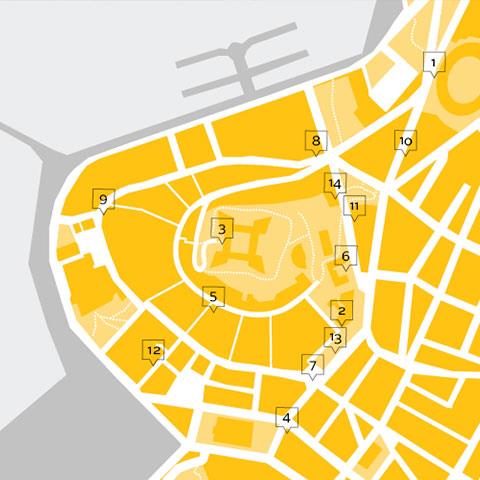
Cinemaniac has been a part of the side programme at Pula Film Festival for a number of years not. Can you tell us something about the programme?
Cinemaniac has been a part of the side programme at the Festival since 2002, so this is the sixteenth edition of the exhibition, which started as a meeting place of contemporary art, film and video, and is a result of the wish to present recent artists’ audiovisual production, as well as anthology works. The project is dedicated to systematic consideration of the tool of media thoughts in contemporary artistic and curator practices, in the work with moving images, their interrelation, and the ways to examine, contextualise, present and respond to them. The continuity of exhibition and research experience as research in progress is a continuation of previous experiences, such as research and presentation that focused on architecture and film (2009), media installations as interface (2006), then the MAFAF Interclub Amateur and Artist Film Festival and the heritage of alternative, experimental and amateur film (2010), film through different means with Film Leaflet by Slobodan Šijan (2012), and Think Film (2013), which marked the 60th anniversary of the Festival of feature film in Pula. The relationship of editing and collage was in the focus of the group exhibition Paper Movies (2014), while researching archives of early video production was in the focus of the project directed at Motovun Video Meeting 1976 (2015) - the first video workshop in the Socialist Federal Republic of Yugoslavia, which produced anthological works.
Is being the curator of Cinemaniac demanding?
It’s not easy to answer this question in an unambiguous way. Because it is and isn’t demanding. It is demanding in the sense that you always need to be consistent, informed, relevant, responsible, you need to research, innovate, find new artistic positions or enable a new way of looking at the known. Since 2015 and the closing of the MMC Luka, Cinemaniac has been organised by Apoteka - Space for Contemporary Art, so other than art and research, I also deal with the administrative aspects of the project. On the other hand, when you do the things that you’re interested in, when you enjoy doing them, and when you work with good and interesting artists and co-workers, everything is easier. It is challenging to reach and maintain continuity. It’s an eternal struggle with a superficial environment. It is important that by mapping previous knowledge and experience, we challenge the past and the current situation, in order to design artists’ future work with moving images in different conditions and contexts.
This year, Cinemaniac will have three exhibition segments. Can you tell us what they are?
This year’s exhibition is titled Video Television Anticipation, and it is structured in three parts. The central part is developed based on the project of the same name that Aleksandra Sekulić and myself have previously presented in two Museums of Contemporary Art - in Belgrade and Zagreb, and it deals with the relationship and the influence of television on early production of artistic video in the Socialist Federal Republic of Yugoslavia. The late 1970s and early 1980s were a period of an increasingly intensive influence of television. By reflecting its production power and dominance, television establishes a formative influence on the design of a specific aesthetic. The work of artists shown in this exhibition, such as Sanja Iveković, Tomislav Gotovac, Dalibor Matanić, Ivan Faktor or Zhelo examine precisely the cultural influence of television and its authority. The Aneks Gallery will host a separate exhibition segment - Desktop Cinema, which focuses on artists’ new audiovisual practices and the influence of the Internet on recent video. The exhibition points to a shift of interest towards new media formats, the Internet as the new ‘space of flows’, digital platforms for distribution that are a part of the creation of a new visual language and post-Internet aesthetic, the works of Susanne Flock and Kevin B. Lee. The third segment is called New Collections, a project by Croatian Radiotelevision (HRT), which focuses on artists’ new video works produced by HRT. It is coming to the gallery after this year’s broadcast on HRT3.
We also have to mention the round table Television as artists’ medium.
The round table is a continuation of the presentation of New Collections as part of Cinemaniac. It is a specific project of Croatian Radiotelevision, aiming to support artists and artistic production in creating new audiovisual works. In doing so, it points to the social role of television as the important support to artistic production, communication and presentation of works, not only producing film and television content; and the conversation will present the process of work, realised works, and remind of some historical episodes of work with and around television, which the exhibition Video Television Anticipation talks about.
Do a lot of people visit Cinemaniac?
The exhibition has been held at the same venue from the very start, at MMC Luka, at Istarska 30. It is a street connecting the Korzo and the Arena - it’s an excellent spot, very visible and accessible, and the large windows look out into the street. The exhibition also attracts a very varied audience, including targeted visitor groups and experts, artists, people who work in culture, Festival visitors, but also a lot of passers-by and tourists of all age groups who are looking for new cultural events. However, as much as the number of visitors is important in the physical sense, the digital presence of a project and information mediation goes beyond the local surroundings.






